Chow mein, a beloved staple of Chinese cuisine, has transcended cultural boundaries to become a global favorite. While the dish’s flavor profile often takes center stage—a harmonious blend of savory sauces, crisp vegetables, and tender proteins—the foundation of any exceptional chow mein lies in its noodles. Achieving the perfect texture—a delicate balance of chewiness, springiness, and resilience—requires precision, patience, and an understanding of the science behind noodle-making. This article delves into the intricacies of preparing noodles for chow mein, from selecting ingredients to mastering cooking techniques, ensuring your next dish rivals those served in renowned Chinese kitchens.
The Science Behind Noodle Texture
At its core, noodle-making is a culinary chemistry experiment. The interplay between gluten, starch, and moisture determines whether your noodles emerge tender or tough, silky or gummy. Gluten, a protein network formed when wheat flour is hydrated and kneaded, provides structure. The goal is to develop just enough gluten to create elasticity without overworking the dough, which can lead to a dense, rubbery texture.
Starch, the second critical component, absorbs moisture during cooking, contributing to the noodles’ softness. Achieving harmony between gluten and starch hinges on three factors: flour selection, hydration, and mechanical manipulation (kneading).
Flour Selection: The Backbone of Your Noodles
Not all flours are created equal, and choosing the right one is the first step toward noodle perfection.
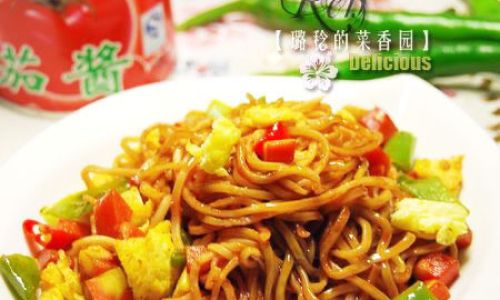
-
All-Purpose Flour vs. Bread Flour:
- All-purpose flour (8-10% protein content) is a versatile option suitable for beginners. Its moderate gluten levels yield noodles with a balanced chew, ideal for those seeking a forgiving texture.
- Bread flour (11-13% protein) is favored by professionals for its higher gluten content, which produces noodles with greater resilience and a pronounced “bite.” This is particularly desirable in chow mein, where noodles must withstand stir-frying without breaking.
-
Specialty Flours:
- Hong Kong-style flour, a low-protein variant (7-8%), is prized for its ability to create silky, delicate noodles. However, it requires careful handling to avoid disintegration during cooking.
- Alkaline noodles (e.g., those used in Cantonese chow mein) incorporate kansui—a alkaline solution of sodium carbonate and potassium carbonate. This gives the noodles their signature yellow hue, springy texture, and subtle tang.
Hydration: The Delicate Dance of Water and Flour
The water-to-flour ratio is a make-or-break element in noodle-making. Too little water, and the dough becomes crumbly; too much, and it turns sticky and unmanageable.
- Standard Ratio: Begin with a 1:1.5 ratio of flour to water (e.g., 1 cup flour to 1.5 cups water). Adjust based on humidity, flour type, and desired texture.
- Temperature Matters: Use lukewarm water (around 100°F/38°C) to activate gluten development without denaturing proteins. Cold water slows hydration, while hot water can lead to a gummy texture.
The Kneading Process: Building Gluten Structure
Kneading transforms a shaggy mass of flour and water into a smooth, elastic dough. The process aligns gluten strands, creating a network that traps steam during cooking, resulting in light, airy noodles.
-
Technique:
- Use the heel of your hand to push the dough away from you, then fold it back and repeat. This rhythmic motion ensures even gluten development.
- Knead for 8–10 minutes for all-purpose flour or 12–15 minutes for bread flour. The dough is ready when it springs back when pressed and feels satin-smooth.
-
Resting Period:
After kneading, wrap the dough in plastic and let it rest for 30–60 minutes. This “autolyse” phase relaxes gluten, making the dough easier to roll and reducing shrinkage during cooking.
Rolling and Cutting: Achieving Uniform Thickness
The thickness of your noodles directly impacts cooking time and texture. Thicker noodles (3–4mm) retain more moisture, while thinner ones (1–2mm) cook faster and develop a crispier exterior when stir-fried.
-
Rolling Methods:
- Hand-Pulling: A traditional technique where the dough is stretched and slapped against the counter to create thin, irregular strands. Requires significant practice.
- Rolling Pin: Roll the dough into a thin sheet (1–2mm) and fold it into layers before slicing.
- Pasta Machine: Ideal for consistency. Pass the dough through progressively thinner settings until the desired thickness is achieved.
-
Cutting Tips:
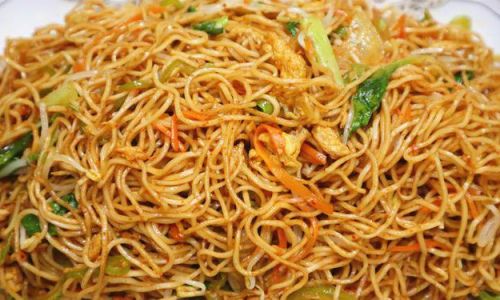
- Dust the dough liberally with cornstarch or potato starch to prevent sticking.
- Use a sharp knife or pizza cutter to slice the dough into even strips. For chow mein, aim for 3–4mm width.
Cooking Noodles: The Boil and Shock Method
Perfectly cooked noodles strike a balance between al dente resilience and tender pliability. Overcooking leads to mushiness, while undercooking results in a raw, starchy center.
-
Boiling:
- Use a large pot of rapidly boiling water (at least 4 quarts per pound of noodles) to prevent sticking.
- Add 1–2 tablespoons of salt to enhance flavor and tighten gluten.
- Cook for 2–4 minutes, stirring occasionally, until the noodles float to the surface.
-
Shocking:
- Drain the noodles and immediately rinse them under cold running water. This halts cooking, removes excess starch, and prevents clumping.
- Toss the noodles with 1–2 teaspoons of sesame or vegetable oil to coat them lightly. This creates a non-stick barrier and adds flavor.
Stir-Frying: The Final Flourish
The hallmark of chow mein lies in its stir-frying technique—high heat, rapid movement, and precise timing.
-
Wok Preparation:
- Heat a carbon-steel wok over high heat until smoking. Add 2–3 tablespoons of oil and swirl to coat.
- Test the heat by flicking water into the wok; if it evaporates instantly, the wok is ready.
-
Noodle Incorporation:
- Add the noodles to the wok in a single layer. Avoid overcrowding, which lowers the temperature and causes steaming instead of frying.
- Toss the noodles continuously for 1–2 minutes until they develop a slight char.
-
Flavor Building:
- Add aromatics (garlic, ginger), vegetables (cabbage, carrots, bell peppers), and proteins (chicken, shrimp, tofu).
- Deglaze with a sauce mixture (soy sauce, oyster sauce, Shaoxing wine, and a pinch of sugar). Toss to coat evenly.
Common Pitfalls and How to Avoid Them
-
Sticky Noodles:
- Cause: Insufficient oiling or overcrowding during stir-frying.
- Fix: Toss noodles with oil post-boiling and cook in small batches.
-
Gummy Texture:
- Cause: Over-kneading or undercooking.
- Fix: Knead until smooth but not elastic, and test for doneness by tasting a strand.
-
Broken Noodles:
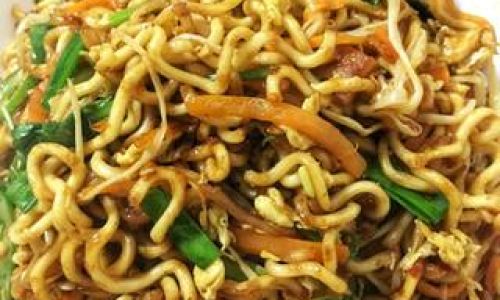
- Cause: Overcooking or thin noodles.
- Fix: Use thicker noodles and reduce stir-frying time.
Advanced Techniques: Elevating Your Noodle Game
-
Hand-Pulled Noodles (La Mian):
Requires a high-gluten flour and a technique involving stretching and slapping the dough to create thin, chewy strands.
-
Pan-Fried Noodles:
For a crispy texture, press boiled noodles into a thin layer in a pan and fry until golden-brown on both sides.
-
Cold Noodle Salads:
Toss chilled noodles with a sesame-peanut dressing, julienned vegetables, and herbs for a refreshing twist.
Regional Variations: Exploring Diversity
Chow mein’s versatility shines through regional adaptations:
- Cantonese Chow Mein: Features crispy pan-fried noodles topped with a savory sauce and ingredients.
- Szechuan Chow Mein: Incorporates bold spices, chili oil, and pickled vegetables.
- American-Chinese Chow Mein: Often uses softer, egg-based noodles and a sweeter sauce.
Conclusion: The Journey to Noodle Mastery
Crafting the perfect chow mein noodle is an art that rewards patience and precision. By understanding the interplay of ingredients, mastering kneading techniques, and refining your stir-frying skills, you can elevate this humble dish into a culinary masterpiece. Whether you prefer the springy resilience of hand-pulled noodles or the delicate silkiness of Hong Kong-style strands, the key lies in embracing the process—and savoring every bite.
Final Tip: Practice makes perfect. Experiment with flour types, hydration levels, and cooking times to discover your signature style. Before long, your friends and family will be requesting your chow mein at every gathering—a testament to the power of a well-made noodle.
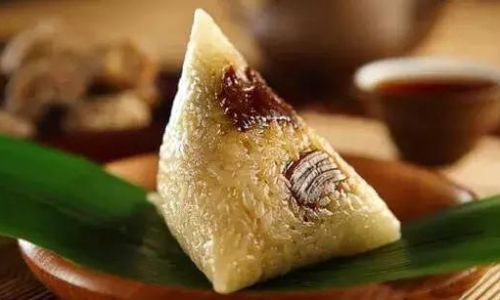
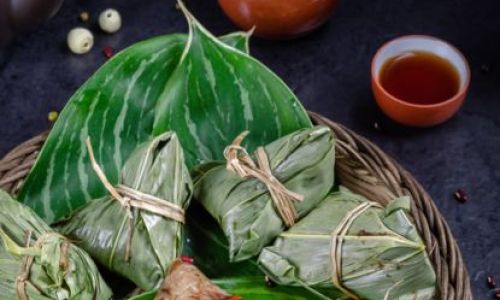
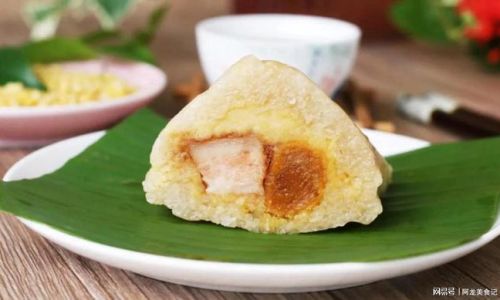
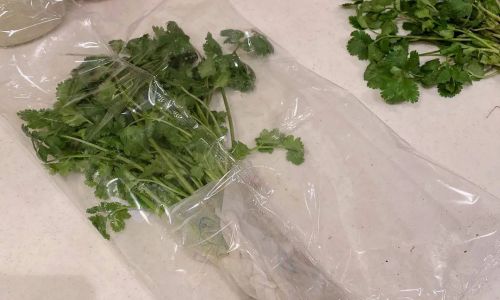
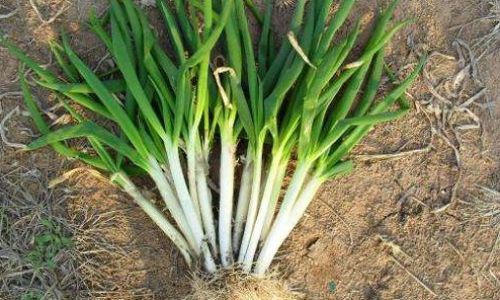

0 comments